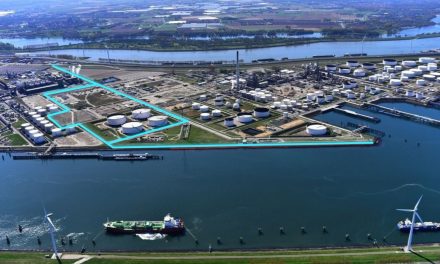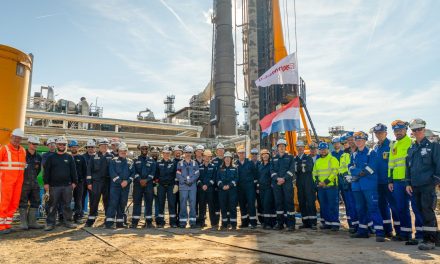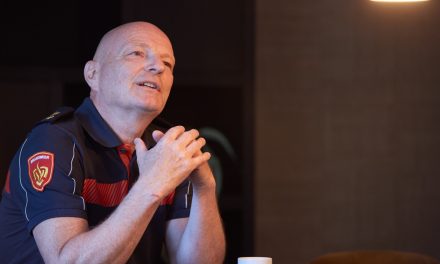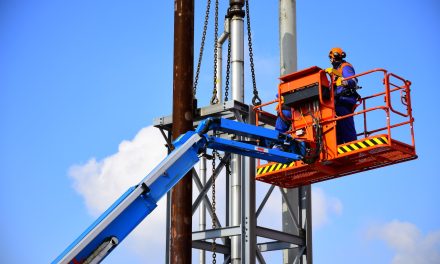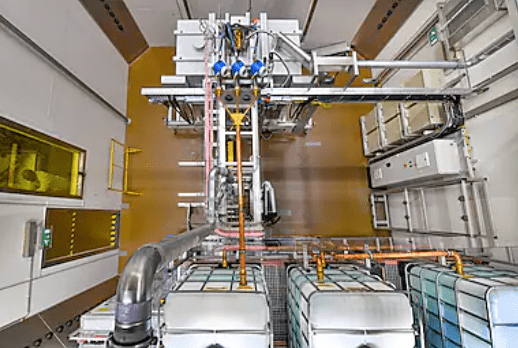English translation ->
Shell en Dow zijn begonnen met het testen van een elektrische kraakopstelling. Beide bedrijven spreken van een mijlpaal. Elektrisch kraken kan de de directe CO2-uitstoot met 90 procent verlagen.
De experimentele elektrische stoomkraakinstallatie wordt getest in de Energy Transition Campus Amsterdam. Gedurende een jaar zal de installatie een elektrificatiemodel in de praktijk testen. Shell en Dow hopen het model te valideren. Het doel hierna is de mogelijke bouw van een proefinstallatie van meerdere megawatts in 2025. Dit onder voorbehoud van overheidssteun, zeggen de twee bedrijven. Vorig jaar ontving het programma 3,5 miljoen euro aan financiering van de Nederlandse overheid.
Elektrische kraakopstelling
“Vandaag hebben we een grote stap gezet om een van de belangrijkste processen van onze industrie koolstofvrij te maken. En hiermee dragen we ook bij aan Shells doelstelling om in 2050 een energiebedrijf met netto-nul uitstoot te zijn. Ik kijk uit naar de resultaten van de testopstelling en om deze essentiële samenwerking met Dow voort te zetten”, verklaart Thomas Casparie, senior vice vice president van de chemie- en productenactiviteiten van Shell in Europa. Deze mijlpaal toont dat productietechnologieën met lage koolstofemissies binnen handbereik zijn. De samenwerking met Shell heeft de potentie om in de komende decennia de wijze waarop we in onze industrie producten maken opnieuw vorm geven”, aldus Keith Cleason, vice president Dow olefins, aromatics and alternatives business.
Zie ook: Subsidie voor ontwikkeling elektrische kraakfornuizen
English translation
Shell and Dow test e-cracking furnace unit
Shell and Dow have started testing an experimental unit to electrically heat steam cracker furnaces. Both companies speak of a milestone. Electric cracking can reduce direct CO2 emissions by 90 percent.
The experimental electric steam cracking installation is being tested at the Energy Transition Campus Amsterdam. During one year the installation will test an electrification model in practice. Shell and Dow hope to validate the model. The goal after this is the possible construction of a pilot plant of several megawatts in 2025. This is subject to government support, the two companies say. Last year, the programme received €3.5 million in funding from the Dutch government.
Potential
“Today, we have taken a great step forward in helping to decarbonise one of the central processes of our industry, while also supporting Shell’s goal to be a net-zero emissions energy business by 2050. I look forward to the results of the experimental unit and to continue this vital collaboration with Dow”, says Thomas Casparie, Senior Vice President of Shell’s Chemicals and Products business in Europe. “This milestone demonstrates that low carbon emissions manufacturing technologies are within reach. The collaboration with Shell has the potential to reshape the way our industry manufactures products in future decades”, says Keith Cleason, Vice President Dow Olefins, Aromatics and Alternatives business.



